Interfacer Introduction
Welcome to the Interfacer introduction. Here you will find useful information about the Interfacer Platform and the Fab City Operating System and a brief introduction to the included tools. Interfacer is a software stack aiming to offer modular and highly customizable components, that each fab city, fab lab and like-minded organizations, can and adopt, activate and configure based on their own needs. The challenges we are tackling involve different aspects, like:
- accelerating the growth of the network by facilitating the onboarding process
- reducing the needed technical knowledge
- ensuring compatibility, coherence and scalability by promoting the same data exchange standards, protocols, principles and frameworks
- offering community support and further development along the way.
Summary
Chapter 1
Interfacer Platform
1.1 Passwordless login
1.2 Collaboration
1.3 Contribution
1.4 DPP
1.5 Creative Flows
Chapter 2
Fab City OS Installer
Chapter 3
Fab City OS Suite
Chapter 4
FabAccess
Chapter 5
OSH Toolchain
1 - Interfacer Platform aka Fab City OS Core
The component refers to a collection of tools designed to promote, assist and incentivize distributed and collaborative practices, offering an implementation of fair and equitable compensation schemes, throughout the whole design and manufacturing lifecycle.
It leverages crypto technology to empower participants with privacy, transparency and data ownership.
Most importantly, the lifecycle of each asset can be expressed in a blockchain-anchored Digital Product Passport, enabling the verification of the asset’s history on the platform or by third parties.
Interfacer Platform, Tech demo February 2023 – Quick intro by Jaromil (Dyne.org)
1.1 The passwordless login and the End-to-end crypto wallet
Based on 5 security questions, a set of keys are generated and saved only in the user’s end-to-end crypto wallet, client side.
The private keys are never communicated to the server, only the public keys are. Each operation performed by the user is signed, client side, using the EDDSA scheme with the user’s private key. The server knows only the public keys of each user, so in case of a server-side security breach, the hackers will not be able to impersonate any user.
A mnemonic passphrase (the user will have to safely safeguard) will be used to recreate the private keys and enable the user to sign in from different devices.
In case of seed lost, it can all be recreated by answering the security questions again.
End-to-end crypto wallet enables a sovereign identity, W3C DID compliant, served by a Distributed identity controller.
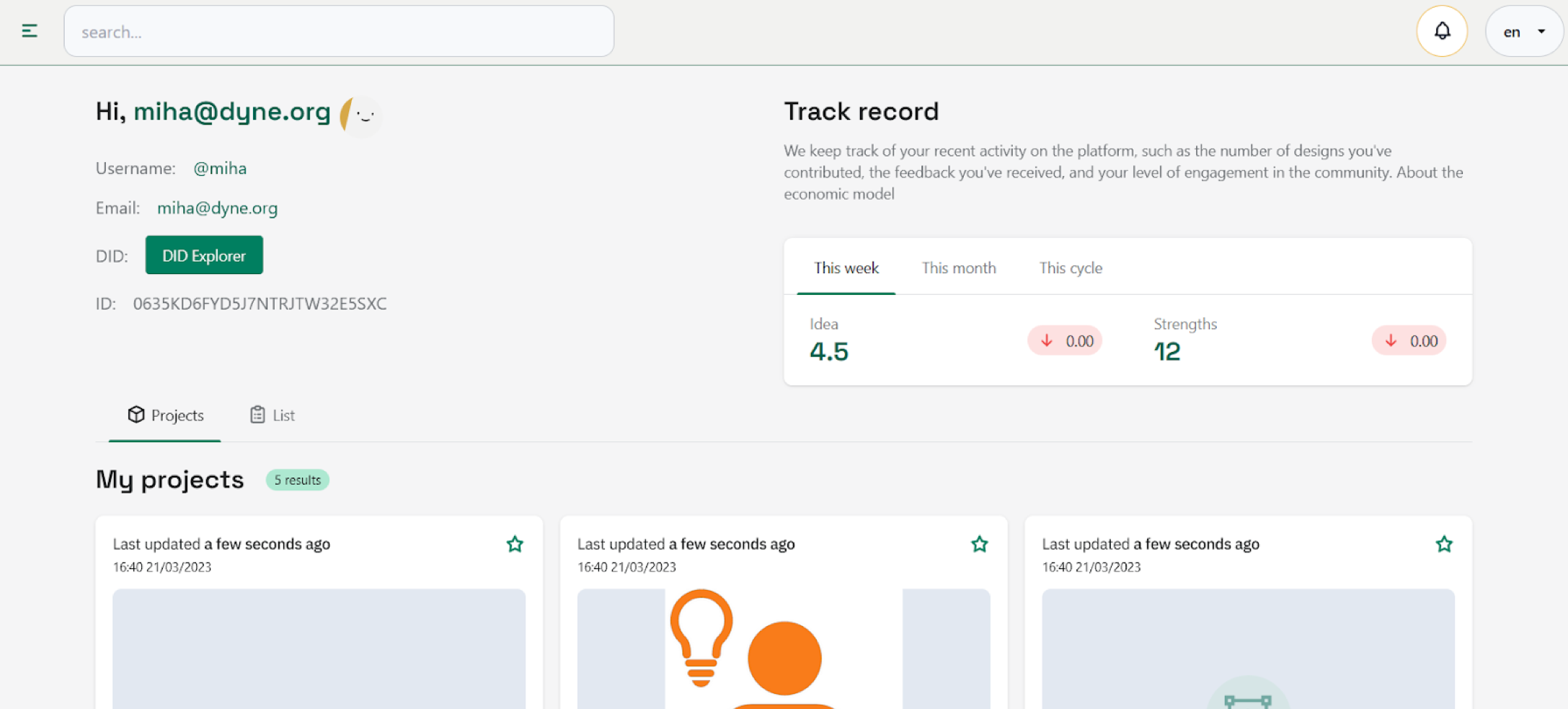
Above: DID on GUI (Graphical User Interface)
1.2 Reinforcing collaboration
The platform enables designers, makers and innovative enterprises to find and share open source hardware projects, collaborate with others and discover new products and services.
Designs, products, and services are the three types of projects that can be created on our platform. A design is a documented plan or schematic for making a product, while a product is a physical item made according to a design. A service, on the other hand, is a non-physical offering that provides a solution or meets a need. When creating a project, users can choose the appropriate type based on the nature of their work. Additionally, users can search for and discover these projects on our platform using various search criteria, such as tags, users, location, and more.

Designs can be created from zero or imported from other platforms (for the moment the import works for Guthub, Gitlab and LOSH).
The platform can support and make the designer’s work more visible and readable, both by people and by machines, enabling automation and machine learning features as well as getting peer review and improvement proposals, users feedback and remixing.
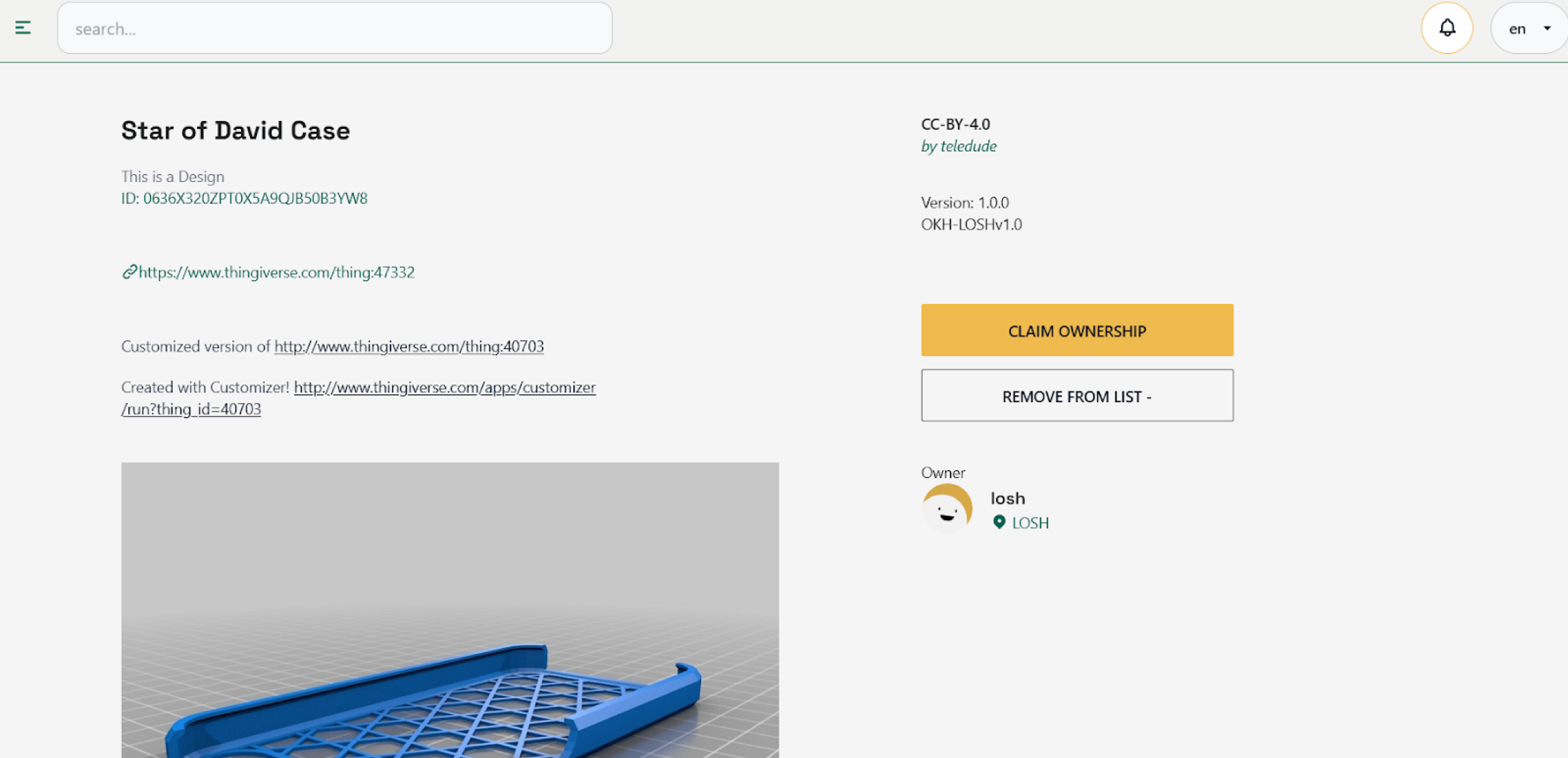
Above: LOSH
Interfacer Platform, Tech demo February 2023 – Quick intro by Jaromil (Dyne.org)
1. 3 Project Contribution
One could also contribute to other projects by simply navigating to the project’s page and look for the “Make a contribution” button.
These are a key aspect of open source hardware projects. Contribution allows users to collaborate with project owners by making suggestions, providing feedback, or contributing to the project’s codebase, documentation, or design files.
It’s important to note that when people contribute to a project, they are agreeing to the project’s license and terms of use.
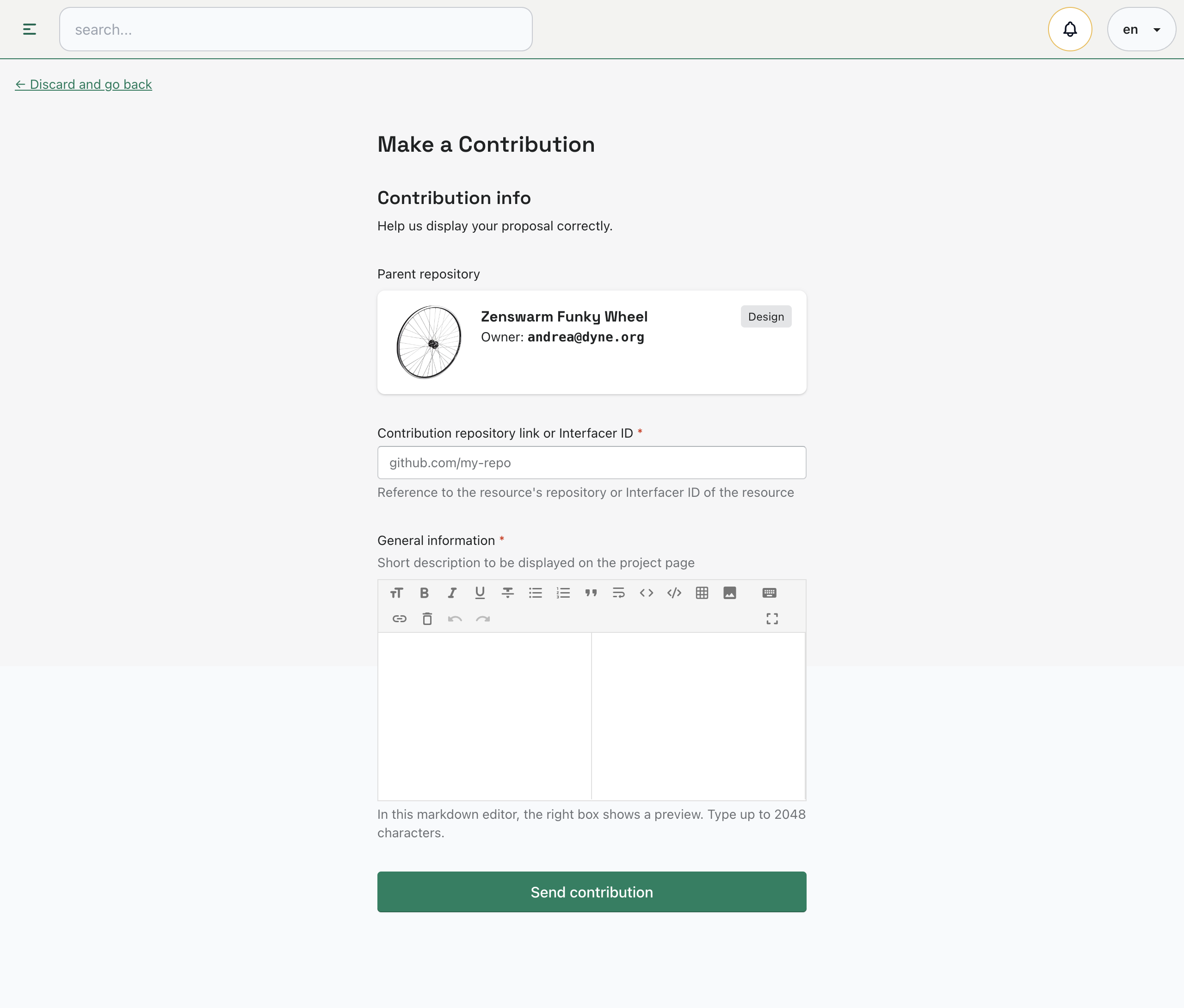
1.4 Relations and DPP
All the contributors, the components (both designs and products), together with the services used in order to produce a new item, can be traced within the Digital Product Passport of that project.
With the DPP, users can easily share information about their project with others and ensure that everyone has access to accurate and up-to-date information.
Mapping the supply chain enables a series of opportunities in terms of user reputation, sustainability indicators, data collection, quality assurance and green practices reinforcement, like recycling and repairing.
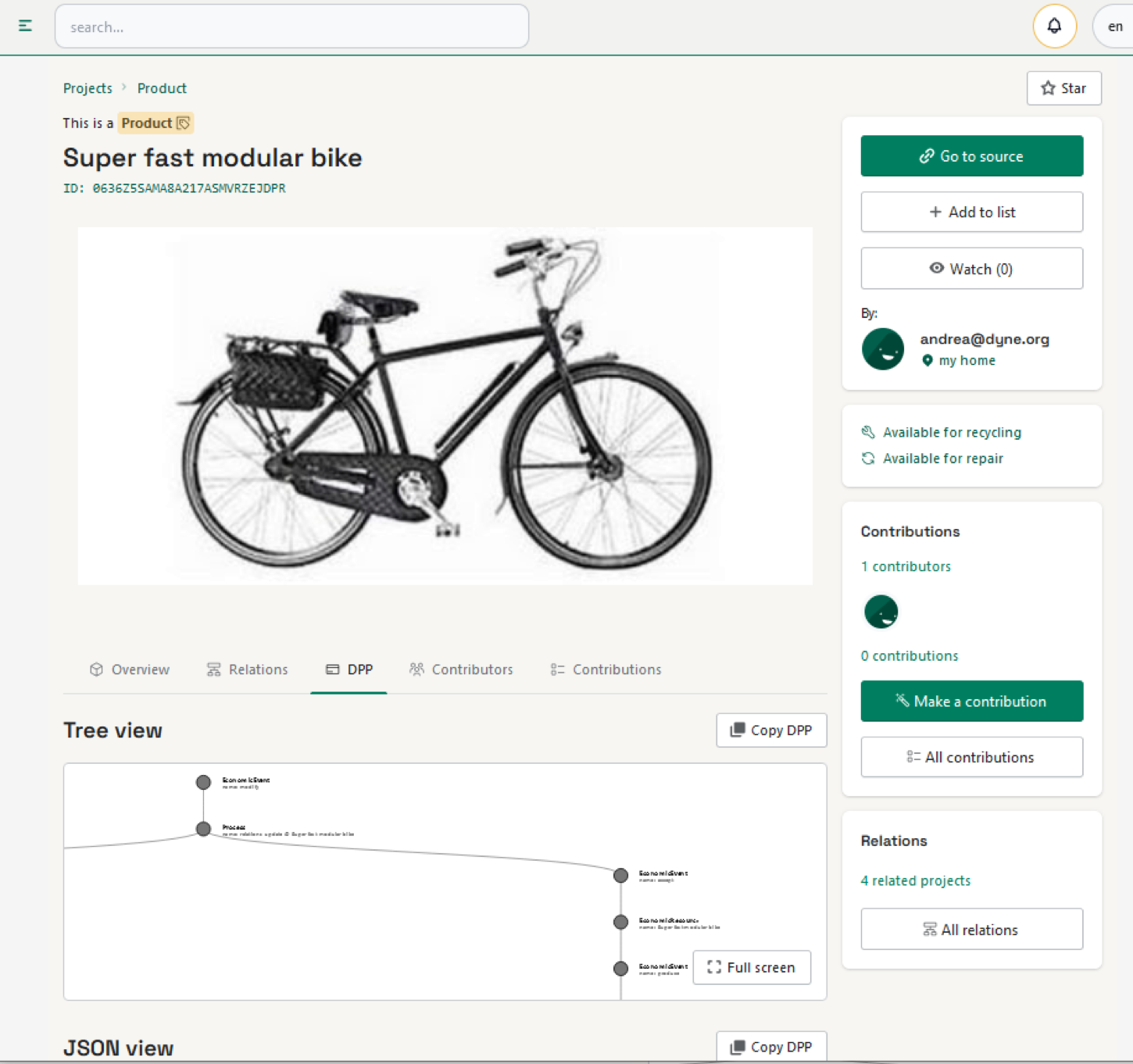
Above: Digital Product Passport on GUI
1.5 Creative Flows
The Fab City Operating System presents a revolutionary economic model, supporting the sharing, tracking, and tracing of open hardware in a standardized form.
This enhances collaboration and promotes fair agreements directly between users in a secure network. Globally connected productive communities are empowered to discover, remix, and improve designs and technologies like never before.
This economic model, utilizing blockchain technology, facilitates fair revenue distribution based on contributions and agreements.
The Fab City Operating System transforms the traditional economic model, offering a decentralized and equitable solution.
Interfacer Platform, Tech demo February 2023 – Quick intro by Jaromil (Dyne.org)
2 - Fac City OS Installer
The Installer assists in managing each software component deployment lifecycle. It incorporates a wizard to ease (de)installation and deployment management of components and will provide a substrate to test complex interactions such as multi-city scenarios, backup and restore scenarios, backwards compatibility.
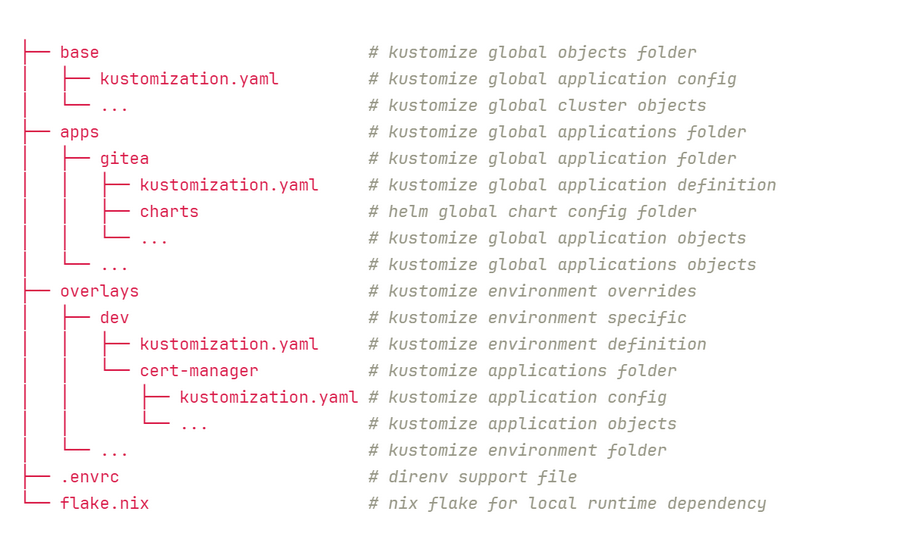
Above: Fab City OS Installer, repository structure
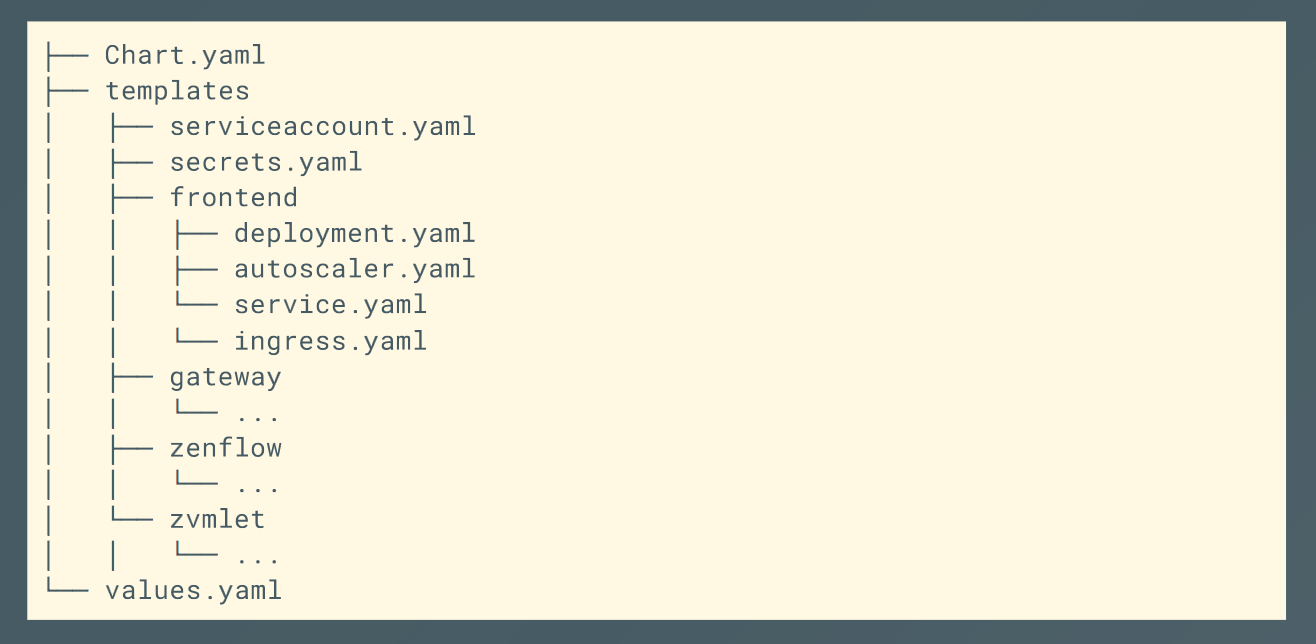
Above: Chart example

Above: Instance set up
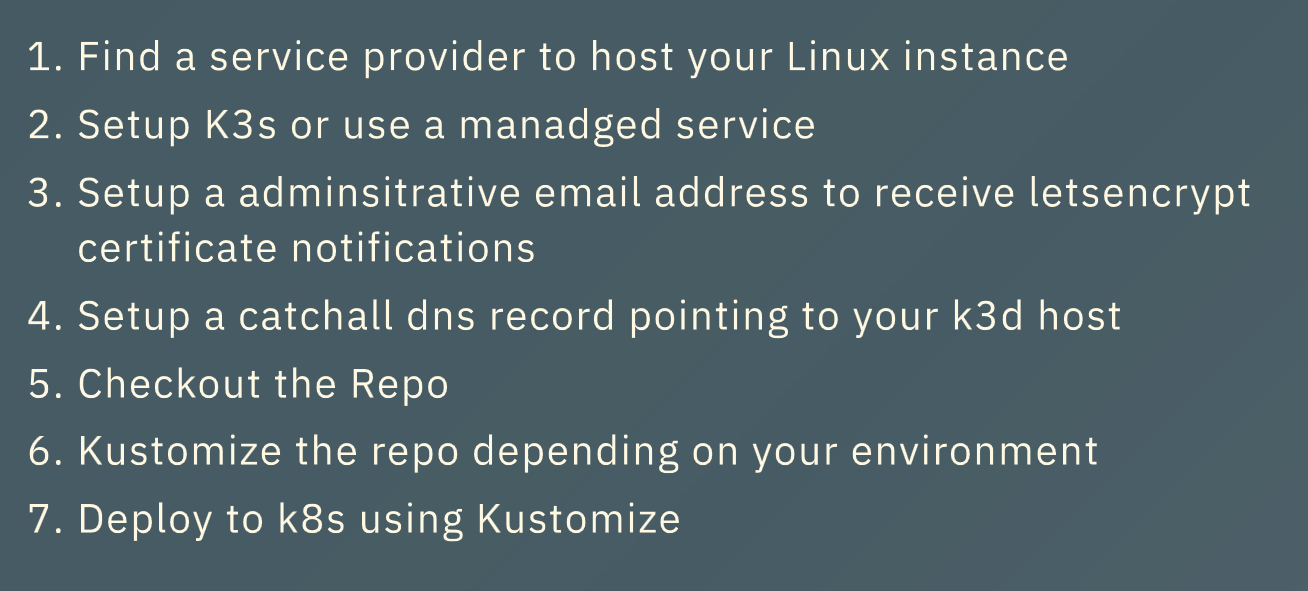
Above: Fab City OS Installer Workflow
3 - Fab City OS Suite
This component aims to provide the users (both new Fab cities and also members/labs within a Fab city) with a simple system to set up their own website using established open source workflows and using a given, consistent Fab city design template.
The solution will not lock them in and will allow them to easily move on to a different/more complex system in the future.
The Suite is based on the Astro static site generation and adds to the features list a number of custom elements that take into consideration specific needs a Fab City may have, like knowledge management hub for publishing and sharing information and the map of its members and events.
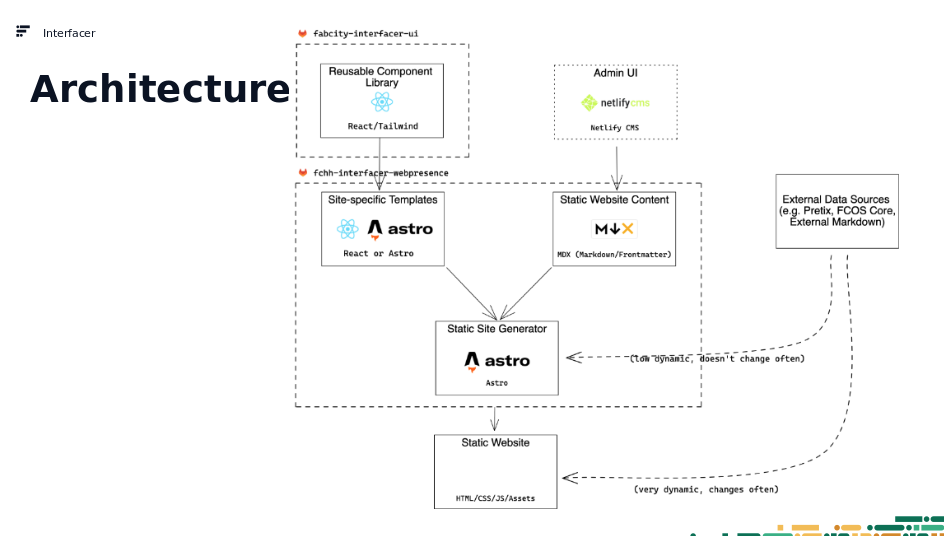
Interfacer Tech Alignment – FCOS Suite August 2022 by Moritz Stückler (FCHH)
4 - FabAccess
FabAccess provides a resource access control system, enabling fab labs to deny or allow access to the machines and tools in the labs only to authorized persons. It is envisioned that functions FabAccess provide are essential for all the labs and spaces equipped with machines like milling machines, cutters and all the other tools that require safety courses before being handled.
During the project we developed an interface between the Fab City OS platform and FabAccess server, using the python bindings that verify the existence of a Dyne DID of the user.
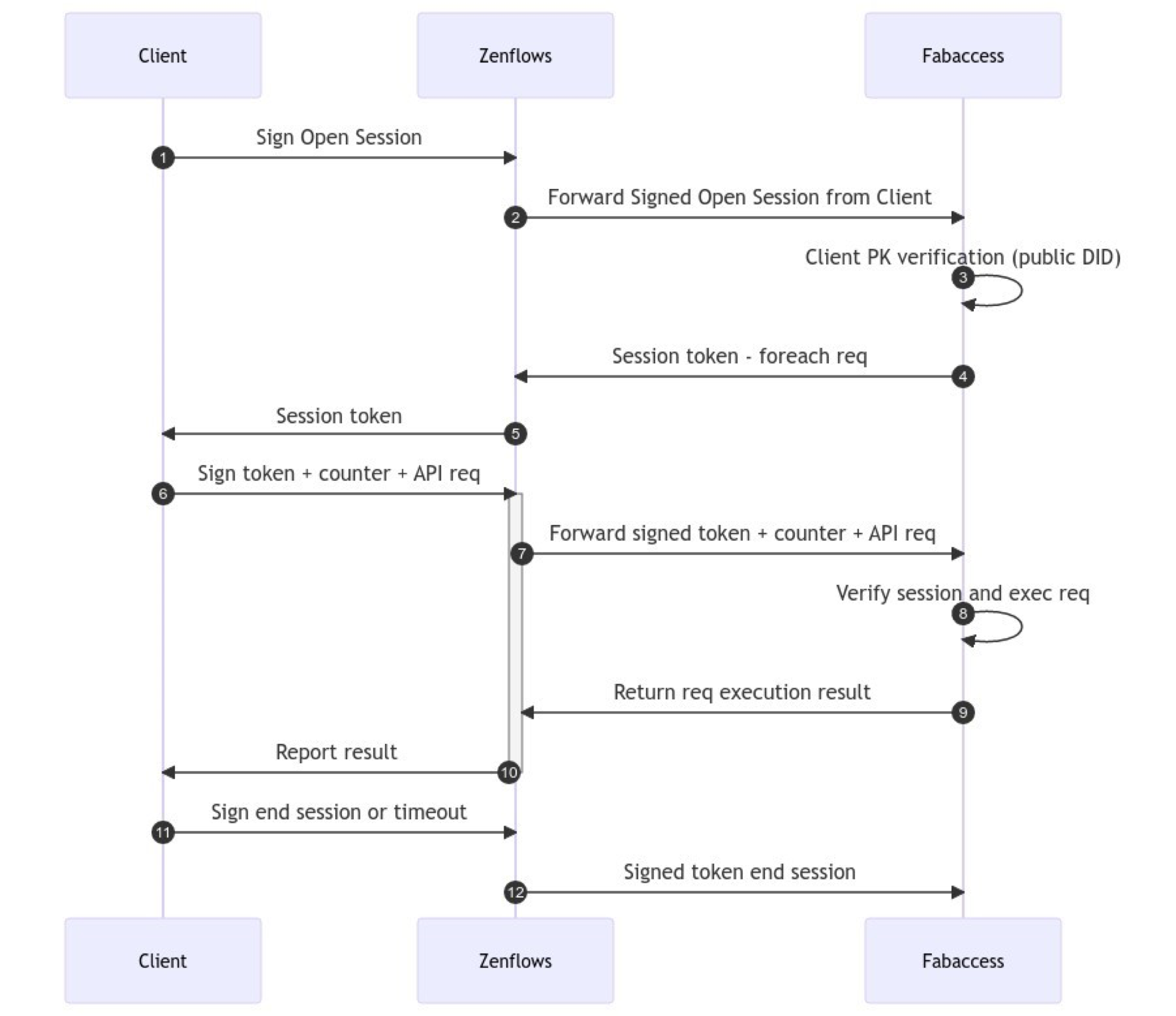
Fab City OS GUI & FabAccess workflow diagram
5- OSH Toolchain
The objective of this specification is to improve the openness of know-how for making hardware by improving the discoverability, portability and translatability of knowledge.
The OSH tools are a collection of tools that assist in two areas: the automation and standardization of producing documentation and the creation of an initial standardized associated metadata structure required for searching and filtering Open Source Hardware projects in a consistent fashion.
The individual tools are:
- OSH Automated Documentation
- OSH Tool
- KiCad Text Injector
- KiCad Image Injector
Interfacer Tech Alignment OSH Toolchain Automated documentation WIP – March 2022 by Pieter and JC (HIWW)
The KiCad Text and the KiCad Image Injectors
The components are used for the command line tool of Open Source Hardware (OSH) technical project linting, quality assessment based on Open Know How standard.
This standard makes OSH compatible and comparable via meta-data, facilitating searching and filtering of already existing projects and components.
The Interfacer platform supports OKH standard by displaying the compliance report and by directing the users to the most up-to-date guideline for further support.
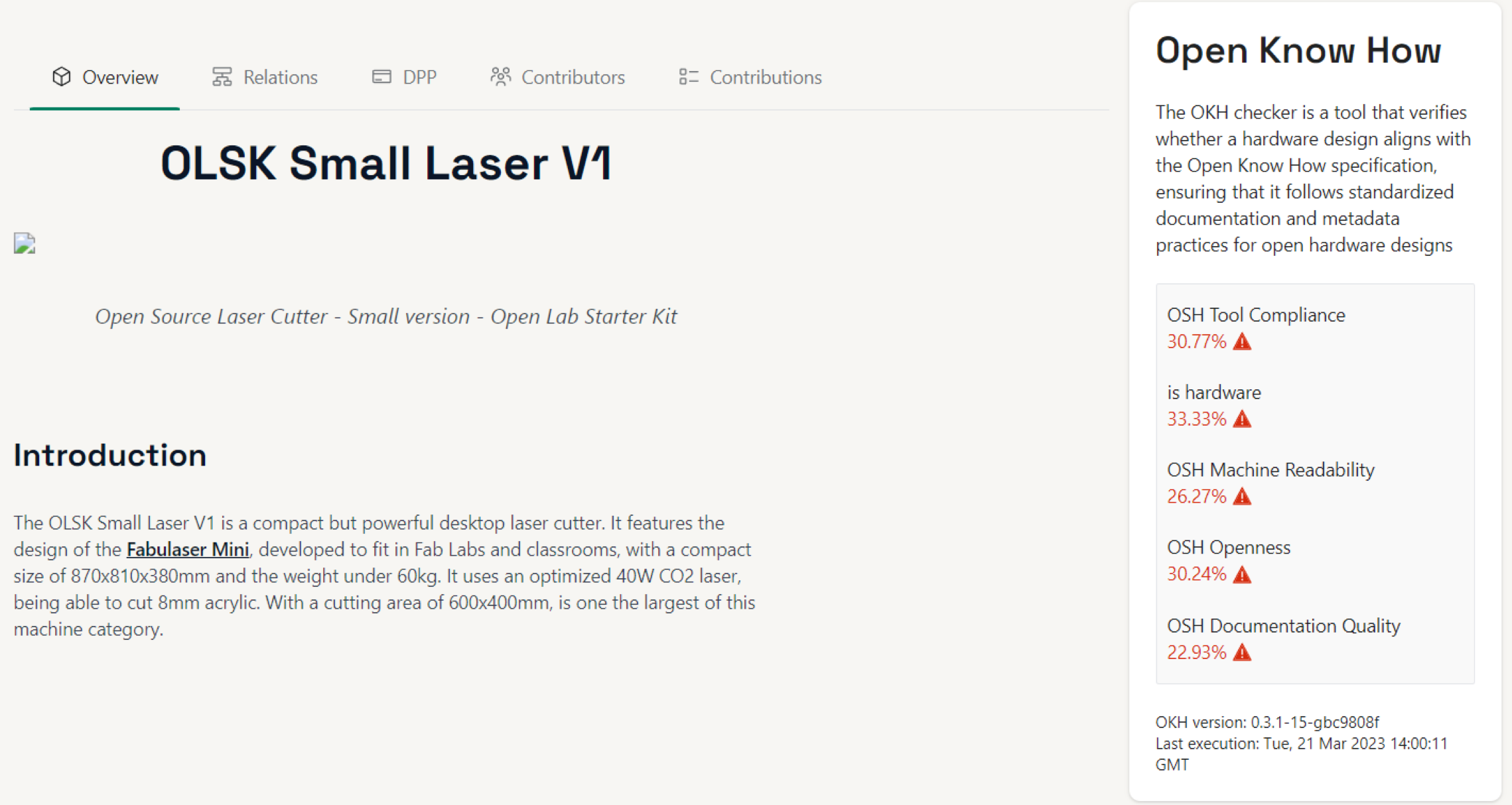
Above: Open Know How compliance report
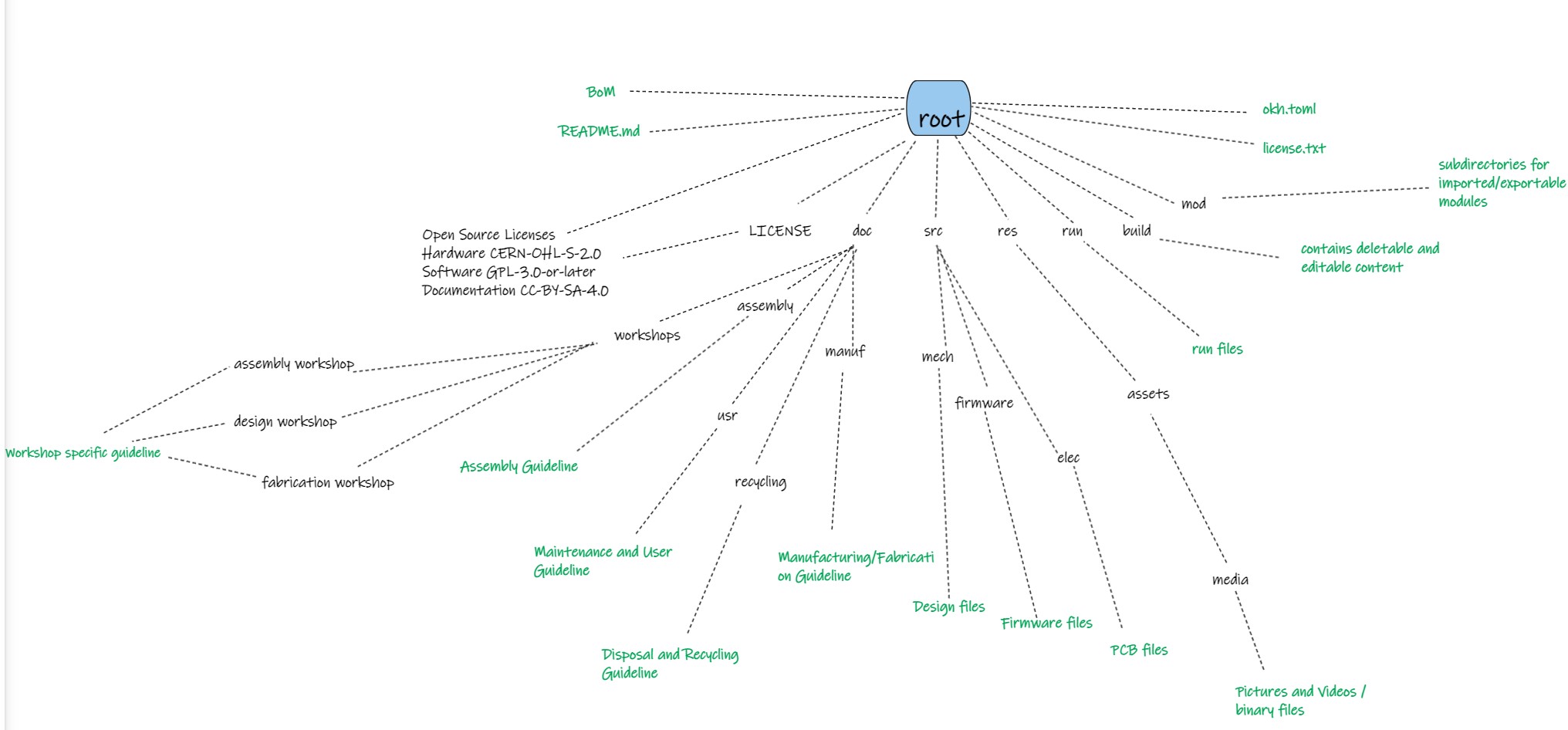
Above: Guideline for OKH standard adoption
Interfacer Git Repositories to contribute.
© 2023 | Privacy policy
Powered by Oxjno